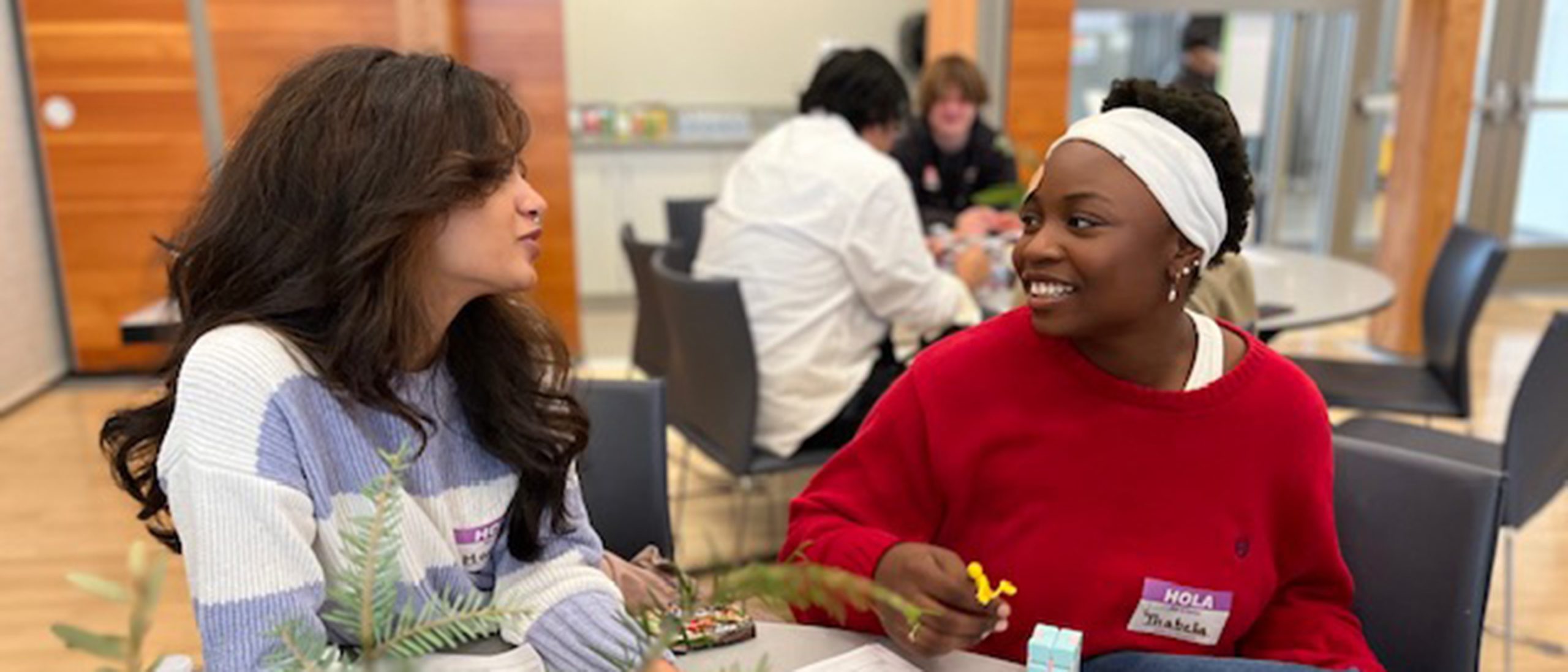
We are learning every day about the power of students, families, and communities to lead change. Learn with us through the resources on this page.
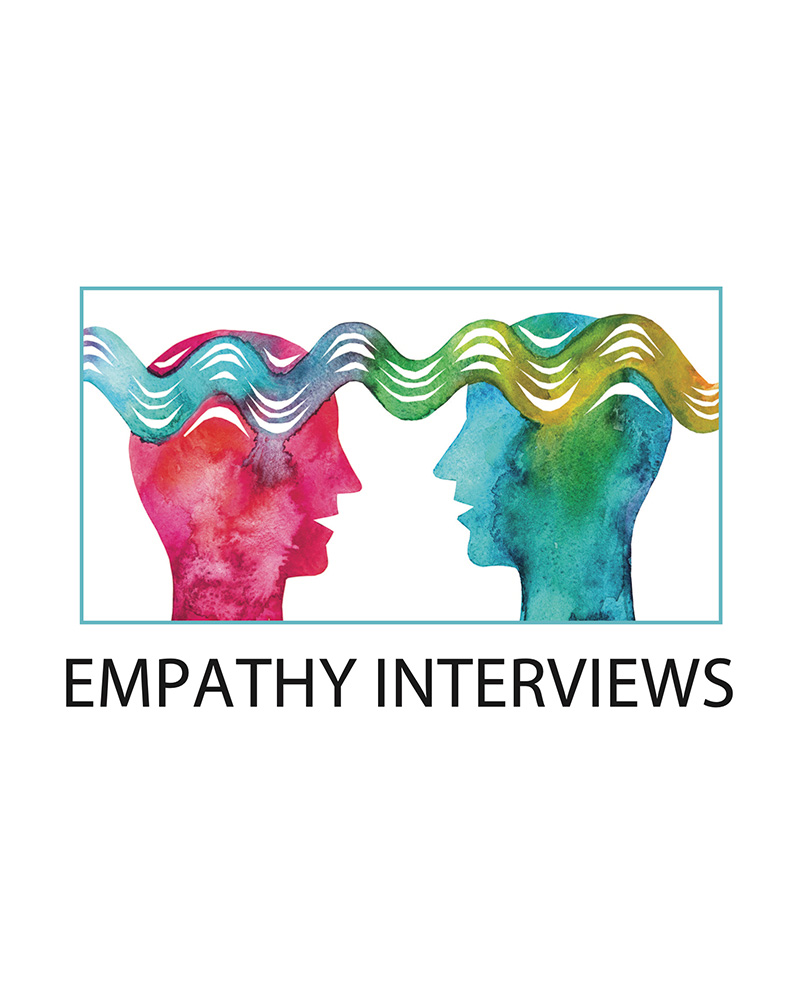
Empathy Interviews
This article from The Learning Professional (vol. 41, no. 5) provides an overview of the what, why, and how of conducting empathy interviews.
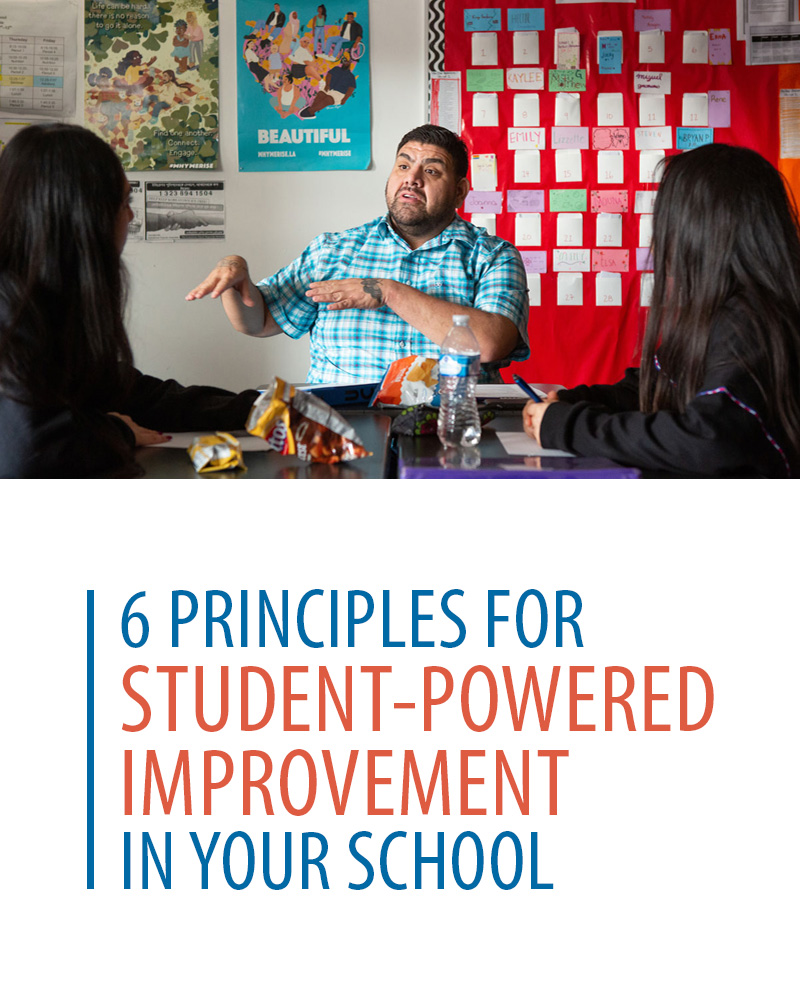
Case Studies: 6 Principles for Using Student-Powered Improvement in Your School
This article from the74million shares examples of student-powered improvement, an approach where adults in schools redesign school systems with, rather than for, students.
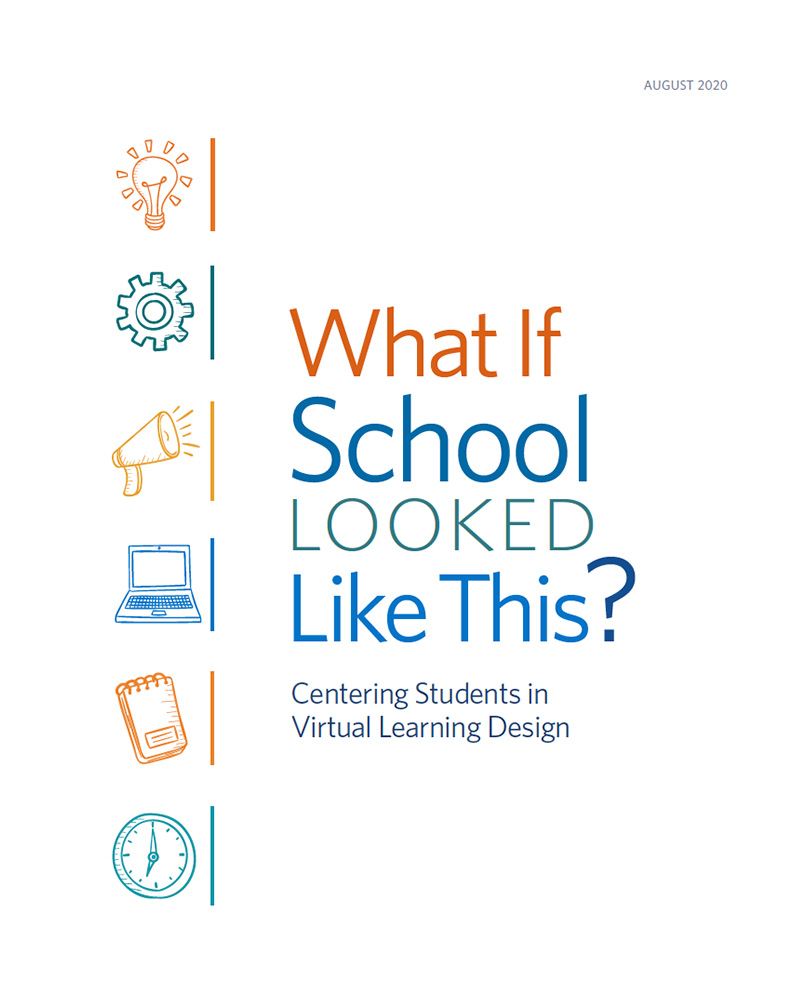
What If School Looked Like This?
This publication highlights the voices of students and teachers who participated in a Design Camp to tackle the question: How might teachers and students build stronger relationships and more engagement in virtual classrooms?
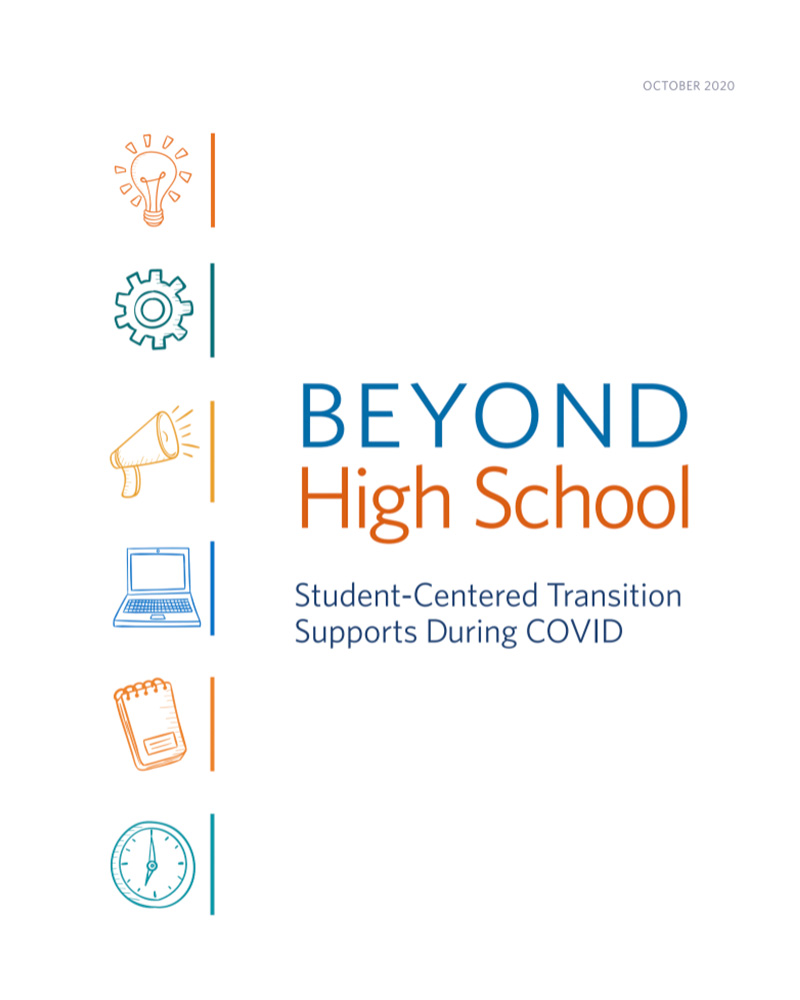
Beyond High School
This publication explores the experience and resulting prototypes from a Design Camp with students and counselors who explored the question: How might we personalize postsecondary advising in the current context of COVID?
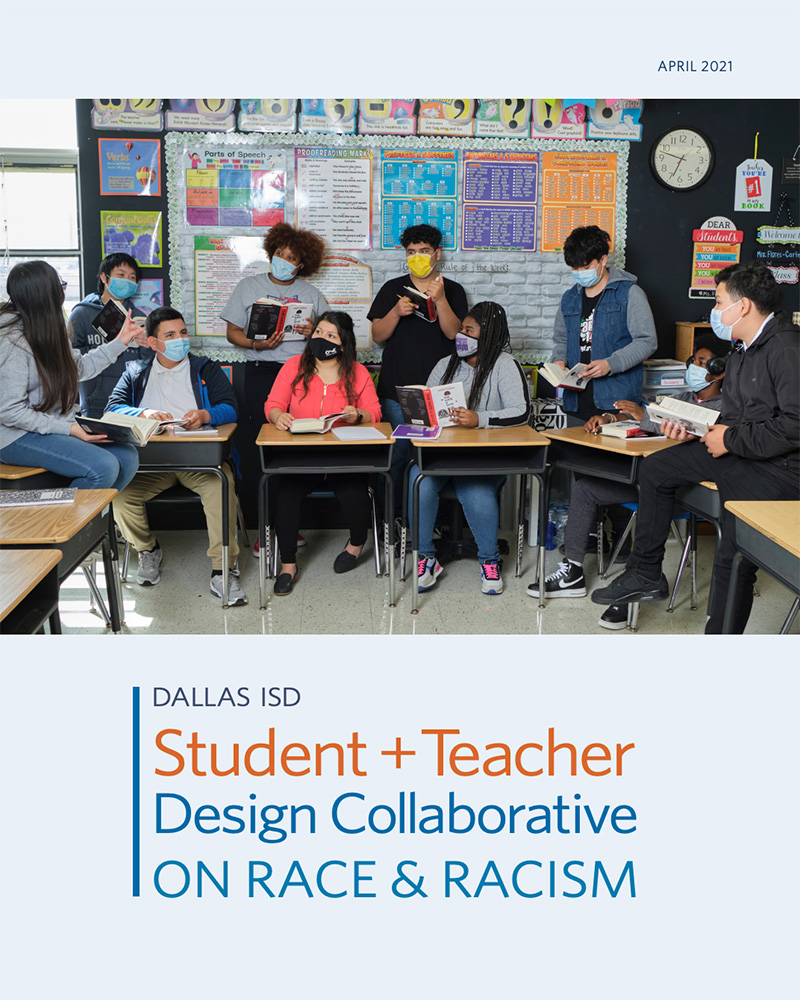
Student + Teacher Design Collaborative On Race & Racism
This publication highlights the voices of middle and high school students and teachers who participated in a three-month collaborative to explore experiences of race and racism and build more affirming classrooms together.
Upcoming Events
Please check back for upcoming events or reach out to connect or schedule an event for your team.
Past Events
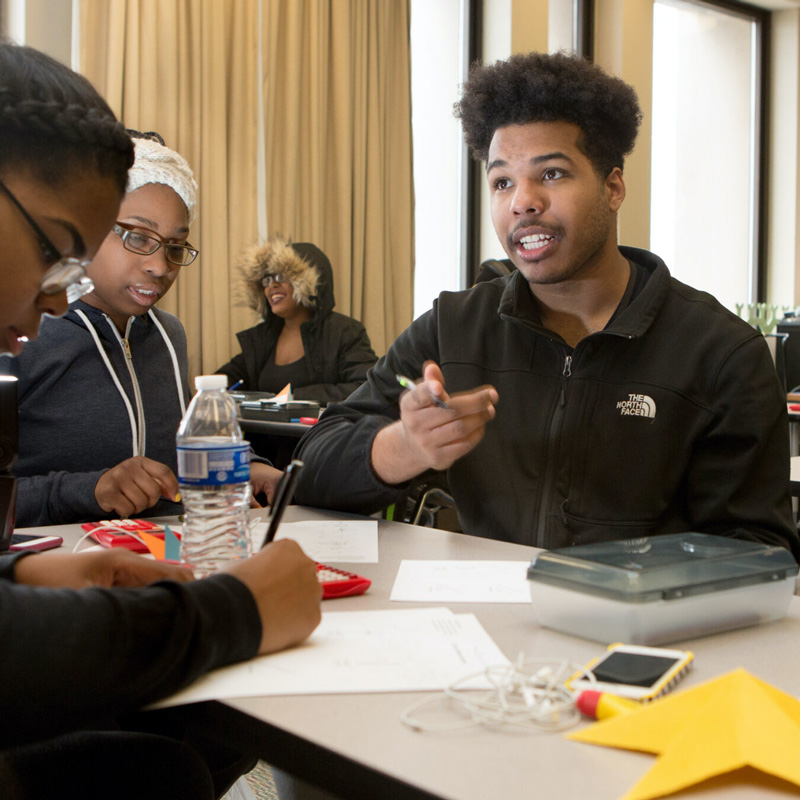
Empathy Interviews: How to prepare for, conduct, analyze and act
Empathy interviews are a human-centered method to hear stories and experiences from the people most impacted by systems in order to better solve problems. It is critical that team members embody the values and mindsets that are foundational to the practice as well as understand the logistics to carry them out.
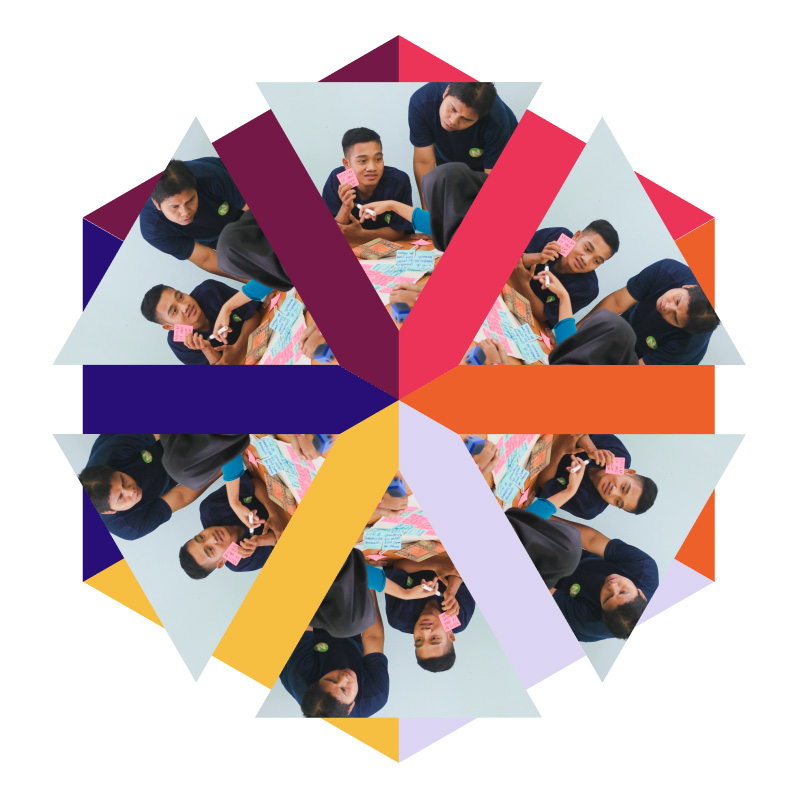
Student-Powered Improvement: Building Trust
This webinar, access slides here, sought to deepen participants understanding of what it really means to build trust between and among youth and adults.
Participants explored:
- Three ideas to help build trust: care, truth, and hope
- Case studies of how teams of youth and adults built trust while working together on system change
- Specific practices and protocols to create these spaces
Learn more about CDP’s in-person and virtual design sprints for groups of 6-100 people here.
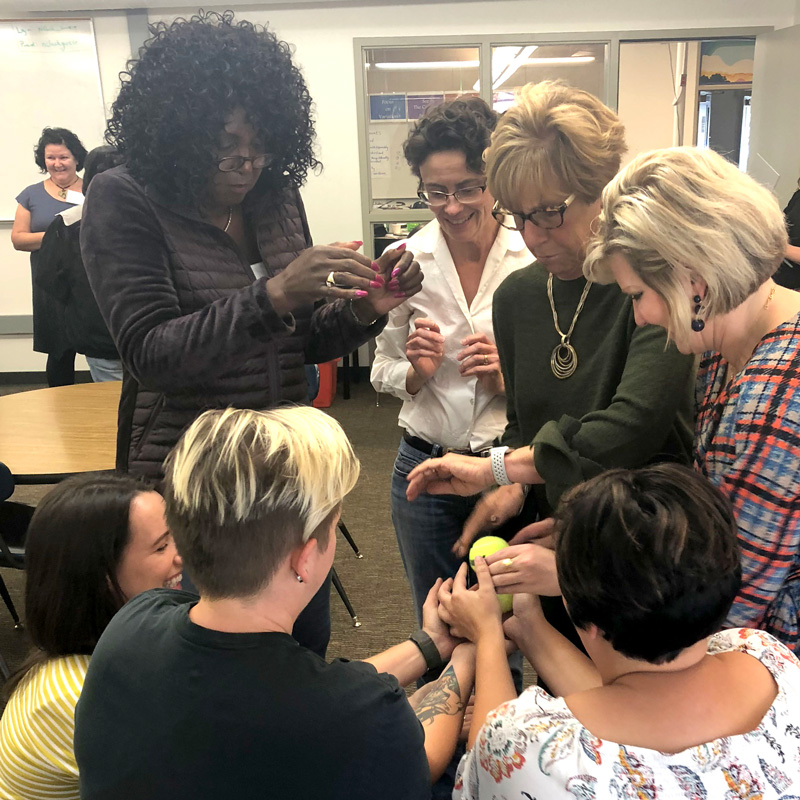
Design Sprints
Have a problem to solve? Want to engage your team in working together to find a solution? Consider a Design Sprint! Grounded in the stories and experiences of those closest to the problem, Design Sprints offer the opportunity to truly understand a problem and co-create solutions.
Here are just a few ways our team can help yours:
- Curate a well-facilitated, collaborative time to explore, design, build, and test solutions to real problems
- Improve systems in your organization
- Solve problems with – rather than for – the community
- Increase equity of voice, attend to power dynamics, and think outside the box
Other Past Events
Deeper Learning Conference, Student Voices 2024
Carnegie Summit, Empathy Interviews 2024
Introduction to Human-centered Continuous Improvement
Coaching PDSAs
Network Health
Interested in a customized workshop for your team or context? We’d love to connect. Reach out for more information or to schedule.

Self-Guided Courses
We have several online learning resources available on our site, Student-Powered Improvement by Community Design Partners.
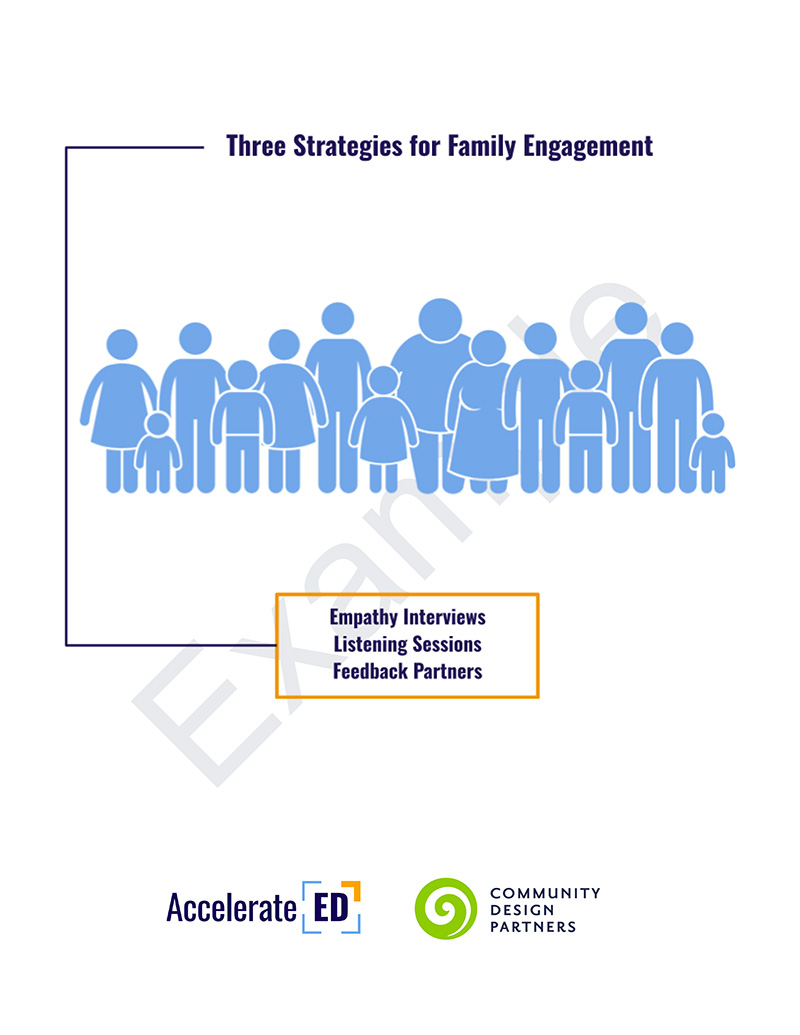
Community Engagement Strategies
We designed this toolkit to illustrate three ways to expand how to engage communities in designing change.
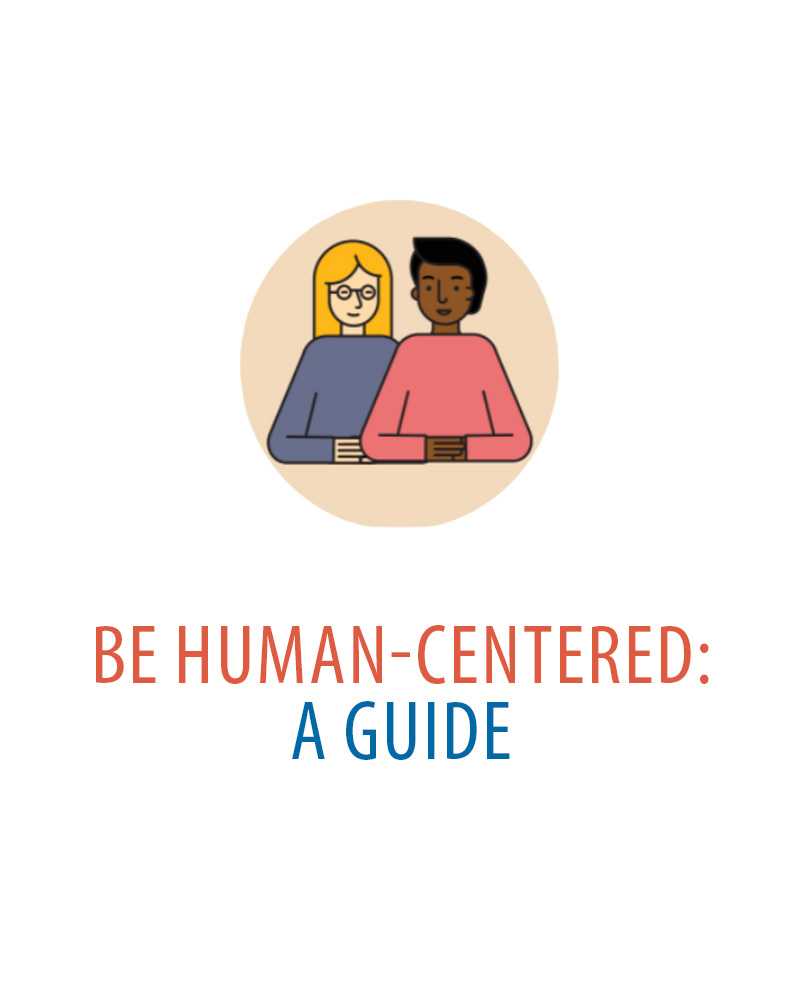
Be Human-Centered: A Guide
This improvement guide includes strategies and protocols to be human-centered such as building an inclusive table and collecting empathy data.
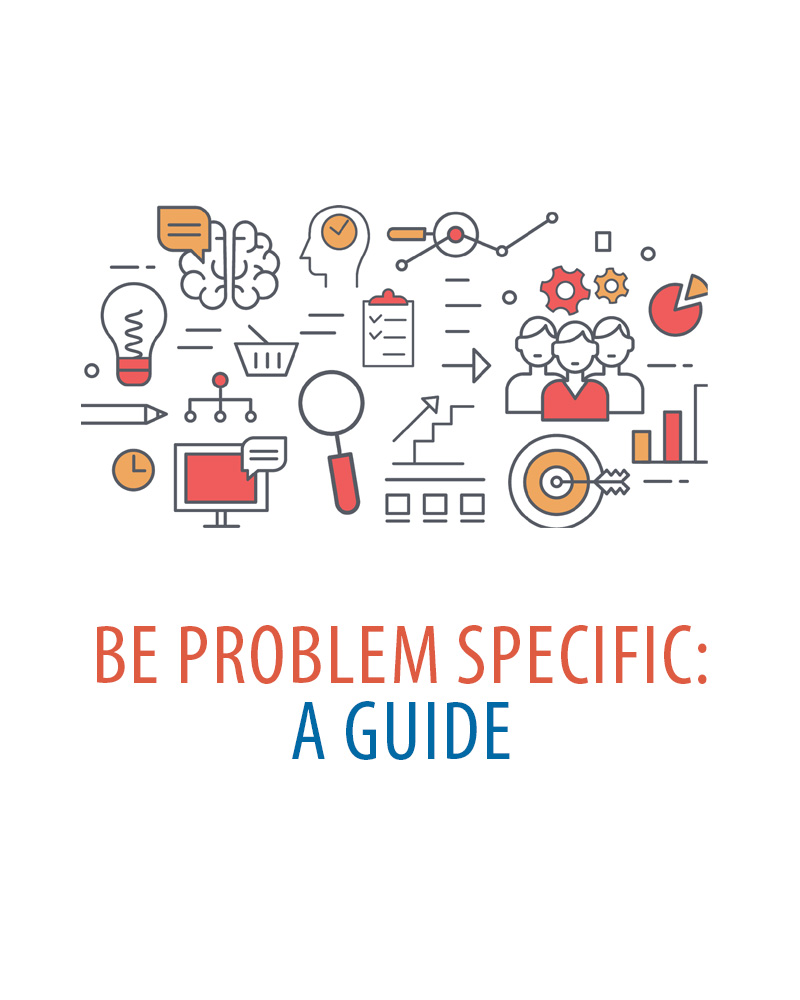
Be Problem Specific: A Guide
This improvement guide includes strategies and protocols to see the system and be problem-specific including starting with strengths, identifying a problem, conducting a root cause analysis, and mapping systems.
